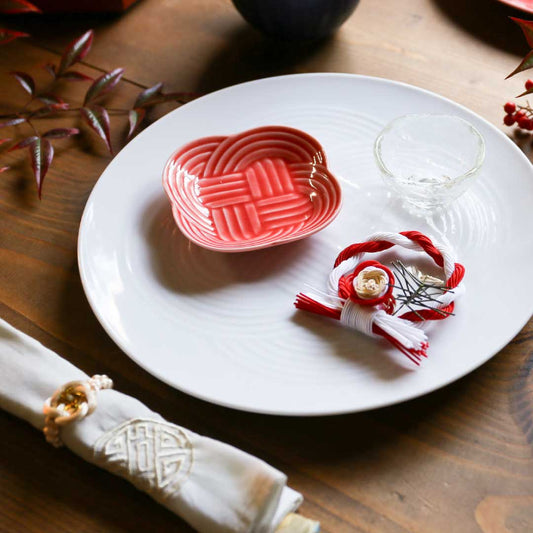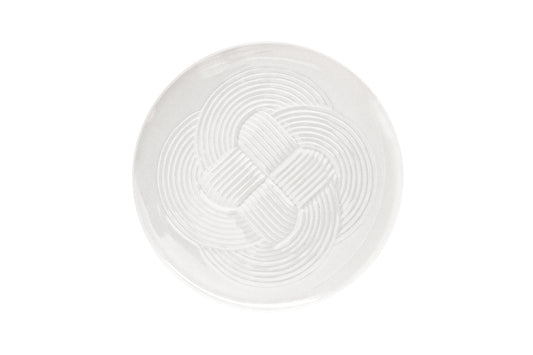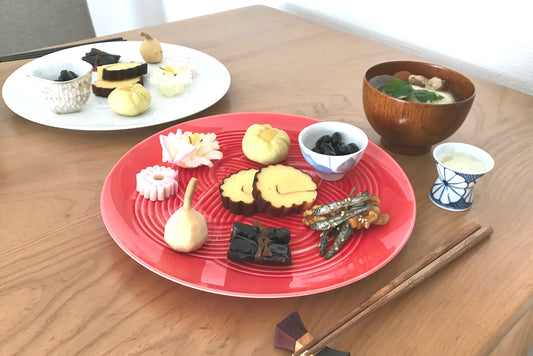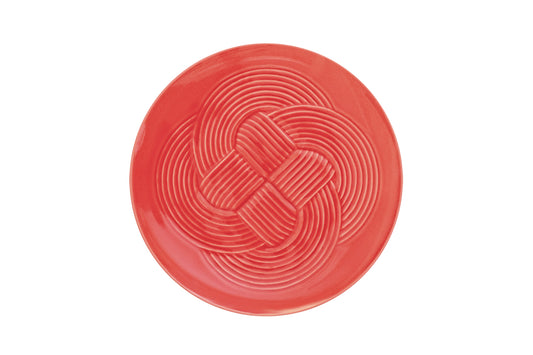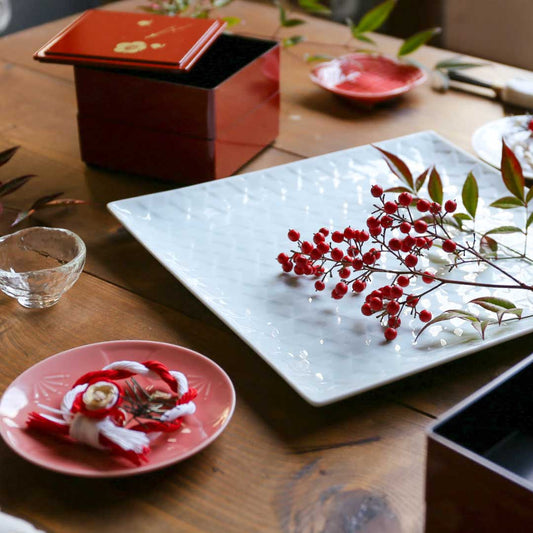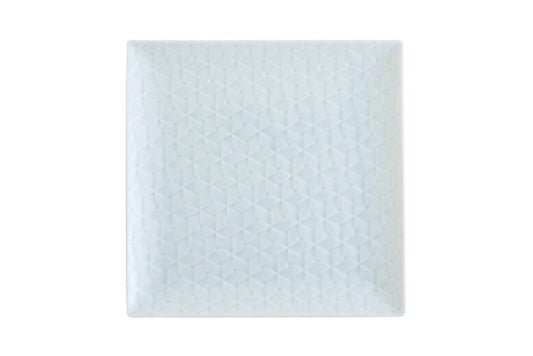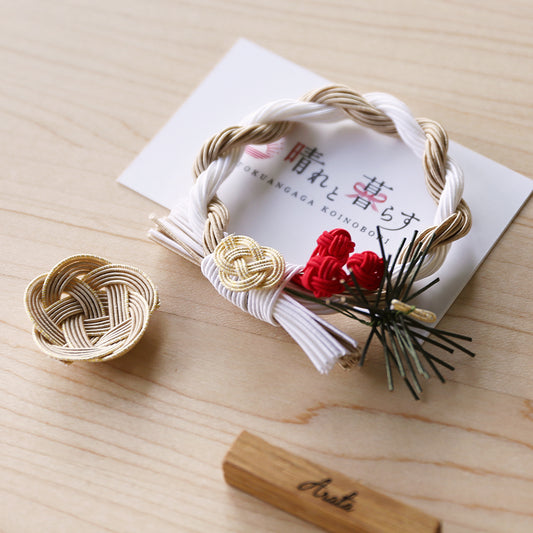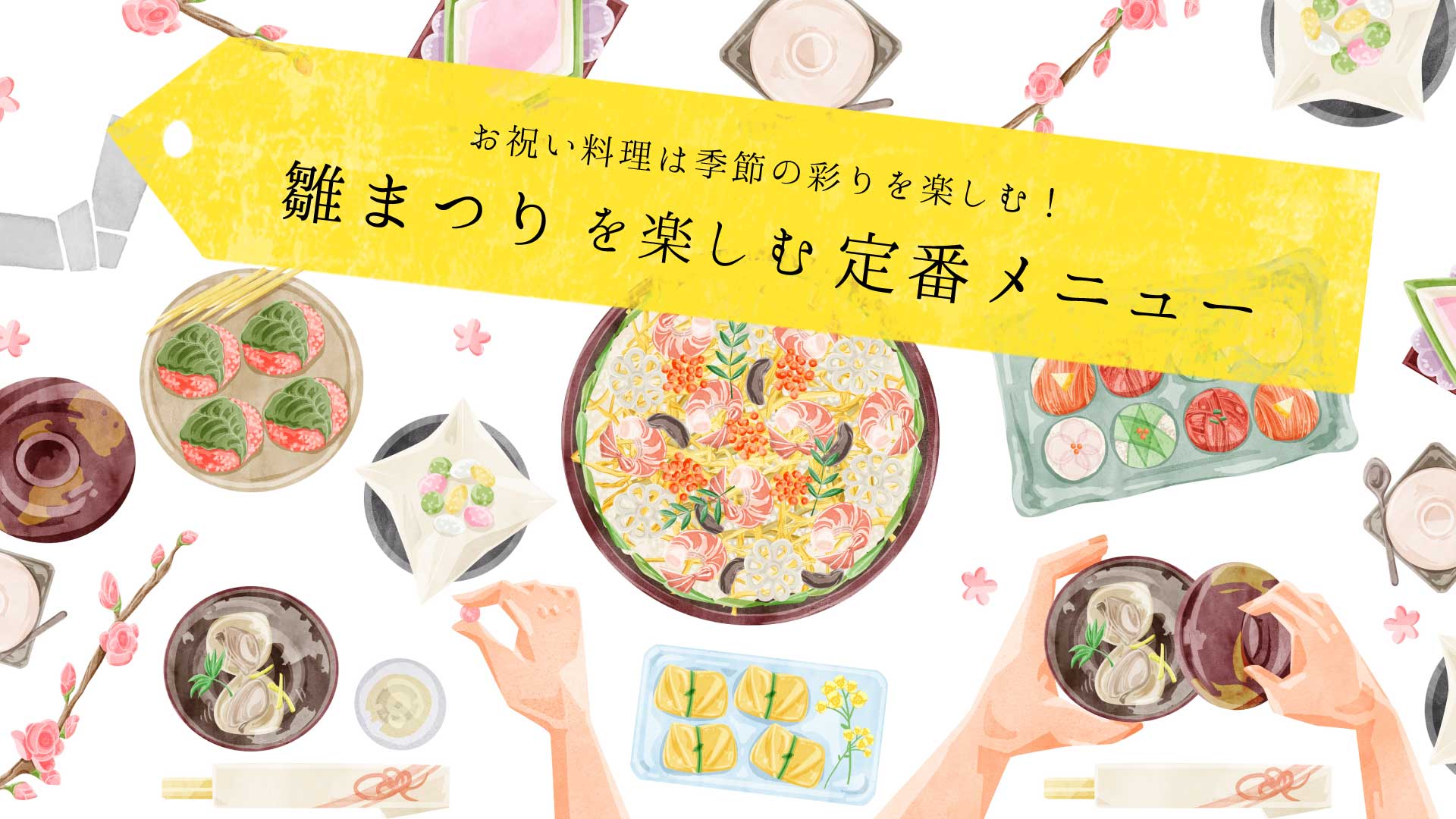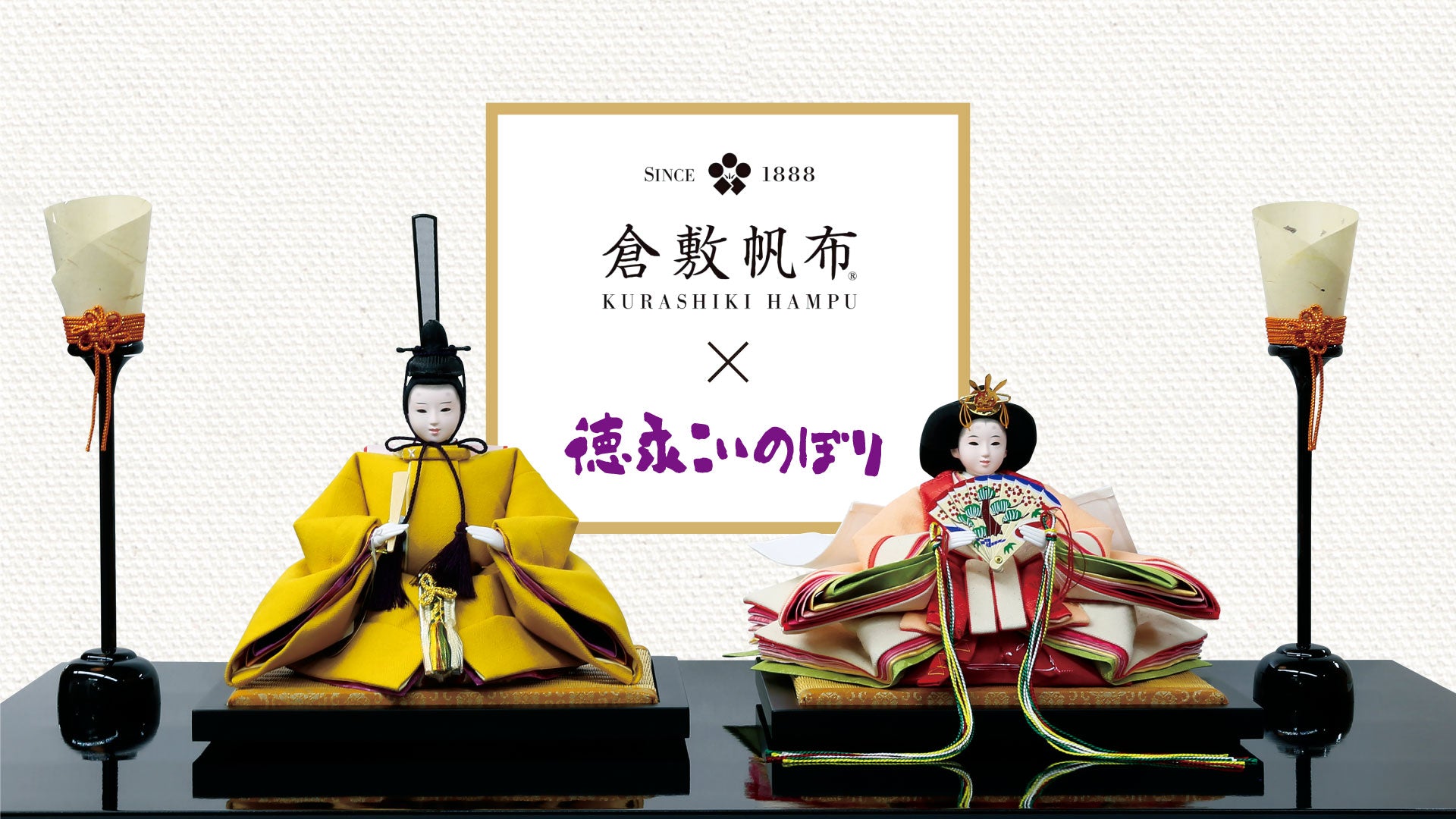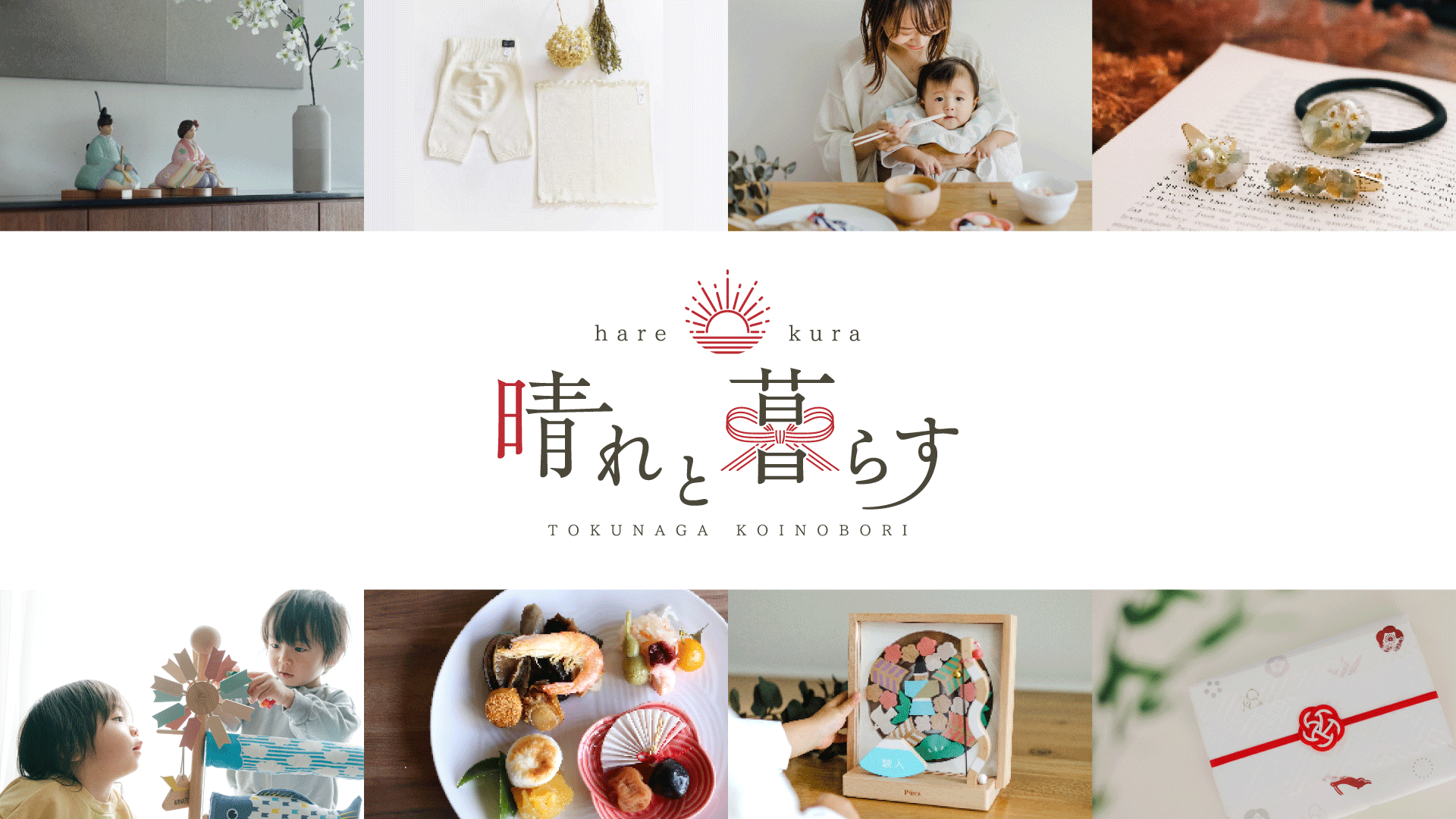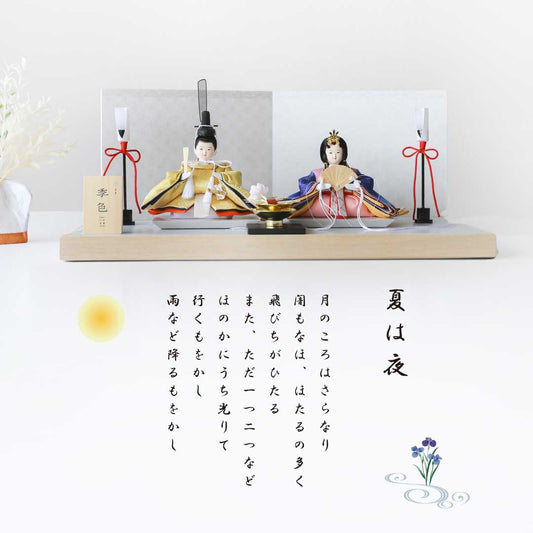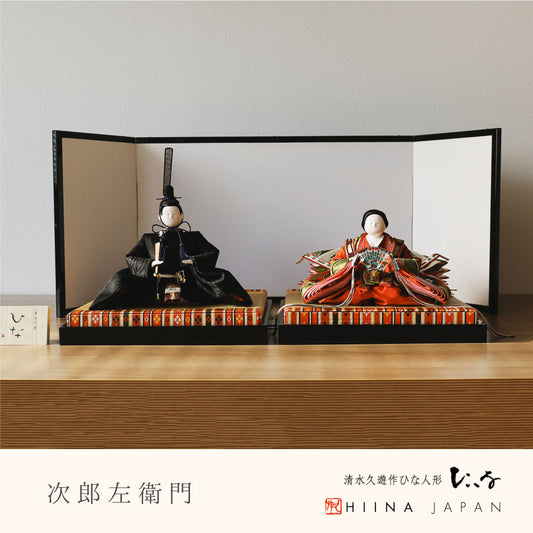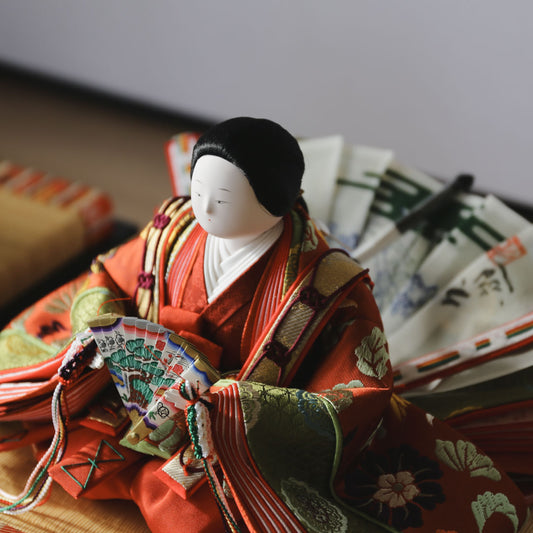March 3rd, the Doll's Festival, is just before the beginning of spring according to the calendar. This year is said to be a mild winter, and I think many people are already feeling the change of seasons. With the warm rain, new buds begin to change color in the fields and mountains, and we can't wait for the cherry blossoms to bloom.
In such a situation, March 3rd is the Hinamatsuri. The contents of the menu for the festive table change depending on the times and trends, but the Hinamatsuri menu is a staple for many families around March 3rd, regardless of the times, trends, or the gender or presence of children. It is said that it is on the menu.
Speaking of the Hinamatsuri menu, we think of chirashi sushi and clam soup. Snacks such as sakuramochi and hina arare are served, and the table is decorated with spring-like colors. This time, we hope that by learning about standard menus, ingredients, meanings, and origins with a focus on color, we hope you will find some hints to enjoy seasonal dining and incorporate a new sense of homeliness.



Hishi mochi expressing spring and prayer
Speaking of Hinamatsuri, it's all about dolls. The food that is decorated with Hina dolls is “Hishimochi”

In ancient China, there was a custom of eating rice cakes containing ``Mother's Grass,'' a plant from the Asteraceae family, on Kamishibushi.
When it was introduced to Japan, it changed into mochi containing mugwort, which is said to have the power to ward off evil spirits. In the Edo period, mugwort mochi began to be layered with white mochi containing diamond seeds, and in the Meiji period, red mochi colored with kuchinashi also began to be layered.

There are various theories about the rhombus shape of ``Hishimochi'', including that it imitates the ``diamond fruit'' which has strong fertility, that it is a perfect square to pray for longevity, and that it imitates the shape of a heart.


A standard for celebrations! chirashi sushi

In addition, the ingredients used have meaning, and it is said to be ``a dish that prays for healthy growth in the future,'' and is a standard dish not only for Hinamatsuri, but also for Boy's Festival and various children's celebrations.


In recent years, more and more families are eating temari sushi instead of chirashi sushi.

Cute shaped temari sushi!
Temari sushi, as the name suggests, is round, temari-like sushi decorated with colorful sashimi and other ingredients.
Although temari sushi itself has no origin, sushi means `` serving sushi '' and is a standard dish at celebratory events, and ``temari'' also has various meanings, so the word ``temari'' has its own meaning. It has become a standard celebratory dish because of its ``sushi'' and cute appearance.

Meaning of "temari"
Tsurushibina temari, which are displayed during the first New Year , are considered lucky charms and are also used as playthings for young children. It symbolizes the wish for a rich and fulfilling life, as if it were a full and harmonious journey.
“Temari pattern” is often used on kimono and obi.
This pattern symbolizes femininity and cuteness. Because it is made using long thread, it has a round shape that ``brings a good match,'' and it also has a pattern that reflects the wishes of parents for their children's happiness, such as ``building a harmonious family'' and ``may everything fall into place.'' there is.


Clam soup

Clam shells come in pairs and never fit together with other shells. Because they always fit perfectly, they were even used in the game of ``shell matching'' during the Heian period. From this, the wish to spend a lifetime with one person is imbued.
Because of this, it is said that people started eating it during the Doll's Festival in hopes of being blessed with a good match, and it is served on wedding meals as a symbol of a good relationship between husband and wife and parents.


Hina hail
The basic colors of Hina Arare are ``white, peach, green, and yellow'' .

Hina arare, which is cute and colorful, has the meaning of ``praying for the healthy growth of your daughter.''
``White, peach, and green'' have the same meaning as Hishimochi, and it is also said that the four colors represent the four seasons. The meaning of yellow will also be added.

Nowadays, it is sold in a variety of colors and flavors depending on your preference.
I think you can enjoy just looking at the cute packaging that matches the colorful colors.


Momoka sake

Baijiu comes from "peach flower wine", which is garnished with peach petals.
Peaches were introduced from China as a medicinal liquor that was said to ward off evil spirits and be good for nutrition. In ancient China, peaches were considered to be a tree that warded off evil spirits, so they came to be used in the Doll's Festival to pray for protection from misfortune. Peach leaves are said to be effective against skin diseases, and people used to take baths with peach leaves floating in them.
Amazake for children♪
Many people think that amazake and baijiu are the same thing, but they are completely different things. Baijiu and amazake are often confused because they look similar, but baijiu is an alcoholic beverage made by mixing shochu with rice, koji, etc. for the alcohol, and lightly grinding the mash that has been aged for about a month.
Amazake is a sweet drink made by mixing rice or porridge with rice koji to keep it warm. It was also called overnight sake because it was easy and could be made in one night.
When enjoying a party with children, amazake is recommended as it creates a nice atmosphere.
It is made from koji and is good for the body, so the whole family can enjoy it.

Celebrate with food, enjoy the season, and be happy!
A Hinamatsuri dining table that incorporates spring colors.
In addition to these traditional celebration menus, incorporating your child's favorite foods will not only make the celebration more visually appealing, but will also make the celebration even more fun for your child.



